Let’s talk about handling objections within your search ads.
It might be odd to think of objections in search ads, particularly if we’re focusing on ad headlines – headlines are all about communicating your value prop, and sell sell sell right?
Wrong.
What if I told you that the purpose of your ad headline is to:
- Reflect (echoing the search query, so to reflect its actual meaning)
- Objection handle (overcoming the primary stated or unstated objection to purchase)
In other words – you want to maximise the quantity (reflecting) and quality (objection handle) of traffic. If you focus just on the former, by mirroring the search term as closely as possible, then you’ll be driving highly relevant traffic, sure…or at least on paper.
For example, if someone is searching for ‘best moisturizer’ you could simply just reflect that back in your first headline, ‘Best Moisturizer’. This is the most basic form of reflection, and offers the benefit of increasing CTR, as we’re actively mirroring the search.
We could also use the variations of this tactic, such as:
- ‘Award-Winning Moisturizer’ (indirect reflection – reflecting not the literal search query, but the meaning behind the search)
- ‘Say Bye To Dry Skin, For Good’ (indirect reflection – again, reflecting not the literal search query, but the meaning; in a benefit-driven way)
No matter how well you reflect a search in your first headline, it’s only one part of the equation. You still need to overcome stated or most likely, unstated objections.
This is where the real work begins. When it comes to objections, there are 5 which are particularly important to acknowledge.
There are:
- Loss aversion
- “It won’t work”
- “It won’t work for me”
- “I can wait”
- “It’s too difficult”
Most likely the searcher won’t give away the primary objection in the search query (unless they’re looking for ‘cheap’). So you need to make your ad do the hard work in identifying the primary objection, and overcome it within the headline of your ad.
No mean feat, when the searcher is typing in something as vague as ‘best mattress’.
Here’s 3 reasons why you should focus on the objection right from the outset of your search ads.
- Qualify the traffic before they even click. What’s the point of maximising CTR if they’re just going to bounce on the lander because you’re more expensive than others in the category?
- Control the SERP narrative. There are tons of advertisers on the SERP saying the same thing in their ad headlines (i.e. we’re the best, we’ve won the most awards, we’re the cheapest), but are they really addressing the specific concerns of the searcher, or just trying to deflect attention?
- Headline visibility is so important. It’s 30% of your ad space, but in reality, it’s 80% of your ad proposition. The headline is where most people look and then make the decision (or not) to click.
Next let’s look at how to overcome some of these unstated objections, with some real-life examples.
Objection #1: Loss Aversion
People hate feeling like they’re risking financial loss. Your headline needs to reframe the purchase as a gain, not a loss.
Here’s an example of a SERP monster (i.e. bad ad) from our friends at BeautyPie:

Let’s slay this SERP monster – here’s how to approach the objection head-on, in a way that maximizes traffic quantity and quality.
- Reflect: Don’t just blindly micmick the search term. Understand the reason behind the search – they’re (rightly) sceptical with so many options to choose from – and so many inflated claims.
- Objection handle – Loss aversion: Buy right, and you have a product you can rely on for many years to come. Make the wrong choice however, and you’re back at square one.
Throw in some social proof and actionable outcomes for good measure.
Objection #2: It Won’t Work
Scepticism is a click-killer. On a highly competitive SERP, where acquisition costs can run into the hundreds of dollars, your headline must prove that your product delivers the goods.
Here’s a big ugly SERP monster that proves the point, from hair supps brand ForHims.

Ok, it’s not actually that bad. But it could be improved in a couple of minutes in a way that would make a tangible difference to the acquisition cost here.
- Reflect: We’re not going to change the H1. It does a pretty good job of echoing the search term (i.e. translate the terms into a relevant benefit-driven message).
- Objection handle – It won’t work: Your brand trademark is wasted in the H2. However, other brand assets can be used here to to combat the inevitable user scepticism; think review ratings, user trial data, or customer survey data.
Use your sitelinks to signpost to specific symptom journeys.
Objection #3: It Won’t Work for Me
Even if people believe your product works, they might doubt it’ll work for their specific situation. Address the scepticism head-on. Let’s fine-tune this monstrosity from the shampoo bar brand, Kitsch.
Yikes. Ok, let’s slay the beast:

- Reflect: The search query suggests a specific need (best shampoo bars), so why throw in conditioner bars into the most valuable part of the ad (the first headline)? Instead, focus on the query at-hand, and only the query at-hand.
- Objection handle – It won’t work for me: Curly hair? We’ve got you covered. Frizzy? No worries pal, there’s a shampoo bar that works for you. Silky fine hair? It’s your lucky day. You get the idea.
Use your sitelinks to underpin your objection handle.
Objection #4: I Can Wait
People are masters at procrastination. And generally, the higher your price, the more they’re willing to procrastinate.
Your headline needs to create a sense of urgency that makes them want to act now.
But please, don’t take a leaf out La Roche-Posay’s book:

Let’s amp up the hype:
- Reflect: For brand positioning reasons, it may be impractical to mirror the search query directly. In which case, we simply echo the meaning behind it; we allow the user to come to the conclusion that we’re the ‘best’ choice for themselves, rather than shout about it in the ad. In their case, La Roch-Posay leads with the brand name (a big no-no), so we’ll simply swap that out with the second headline from the original ad: ‘Recommended by Dermatologists’.
- Objection handle – I can wait: Every product sells out from time to time. Here, we’re using that to our advantage, with words to that effect of the much-overused ‘When It’s Gone, It’s Gone’. That’s a pretty generic claim, so instead use something like ‘Sold Out 5x’ to make it more relevant to your product story.
As with other examples, use your sitelinks directionally to dive deeper into the user journey (actionable outcome).
Objection #5: It’s Too Difficult
Life is hard. If people don’t buy that your product represents some sort of shortcut to a goal that’s important to them, they’ll bail. Your headline should promise (but not over-promise) on ease and simplicity.
Take Gousto, the UK-based food subscription brand. They just focus on price (maybe it works for them), but when your landscape is full of similar brands all shouting the same offer it pays to be different.
Time to tame the beast:

- Resonate: When everyone else on the SERP either has their brand name, their offer, or simply ‘Food Subscription Box’ on their H1, you need to be different. Imply meaning. I’m looking for a food subscription box, yes. But what I’m really looking for is somethat that’s tastier (and healthier) than a frozen ready meal, which doesn’t take hours to make. Because I’m busy, and don’t quite fancy chopping up onions for 30 minutes straight. So let’s focus on the gourmet angle on this one. Minimal effort would be a good one to test – remember, we don’t want to over-sell the experience, particularly as people can just cancel after their first couple of boxes. So we’d likely need to do some testing here over time, match the ad to the customer, and analyze churn.
- Objection handle – It’s Too Difficult: We could use a customer quote here. But for the sake of the character limit, let’s employ wording which alludes to a simple process. Again, deploy, analyze customer churn, and adapt. But in any case, it’s better than what they currently have.
Use your sitelinks to push users to recipe category pages, to further tackle their potential objection(s). Those need to be conversion-focused by the way (currently, they suck).
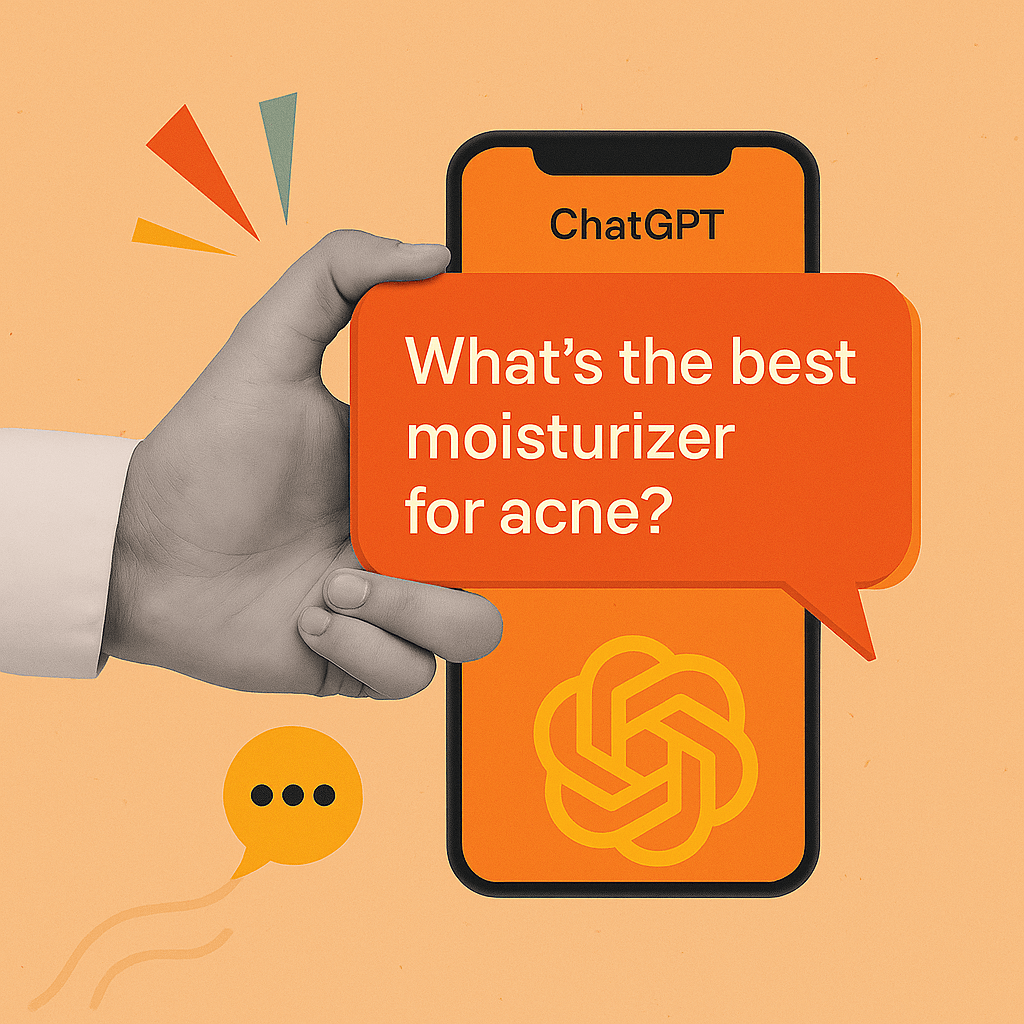
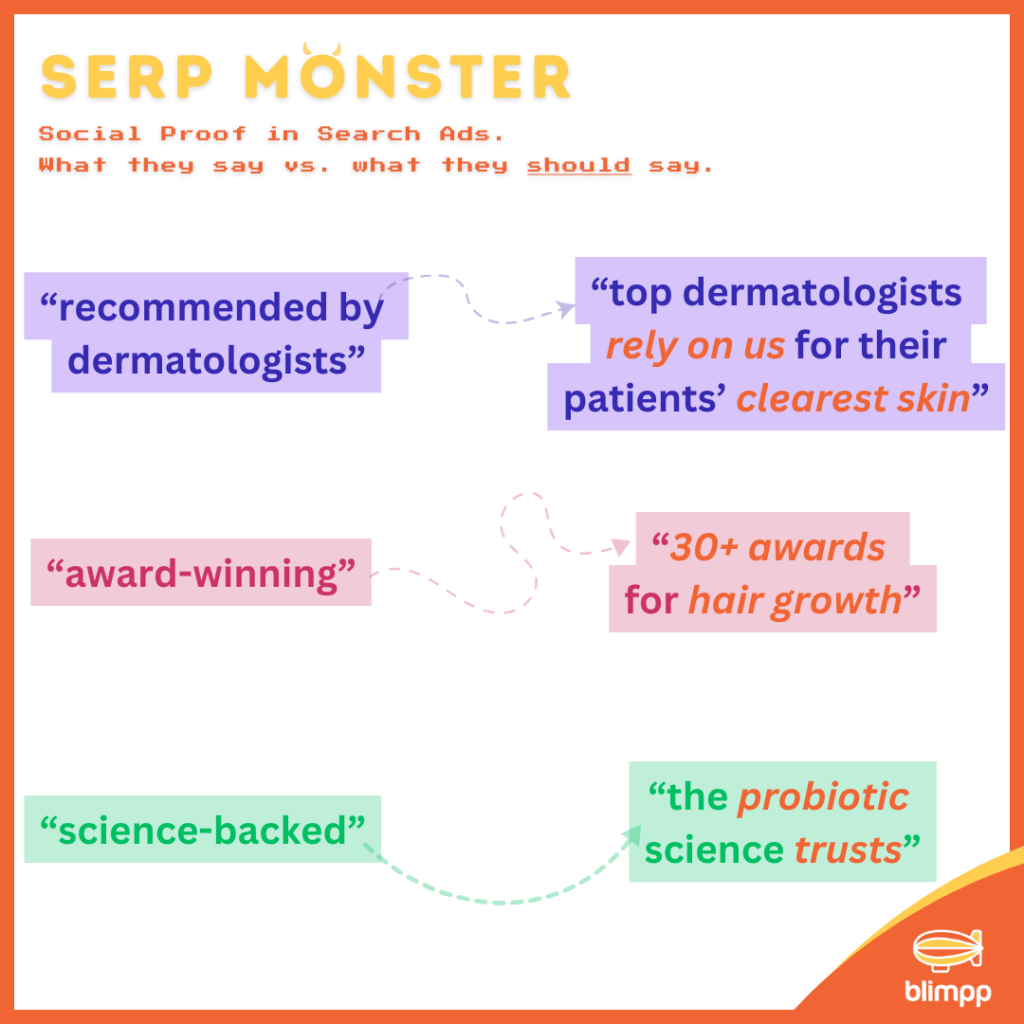
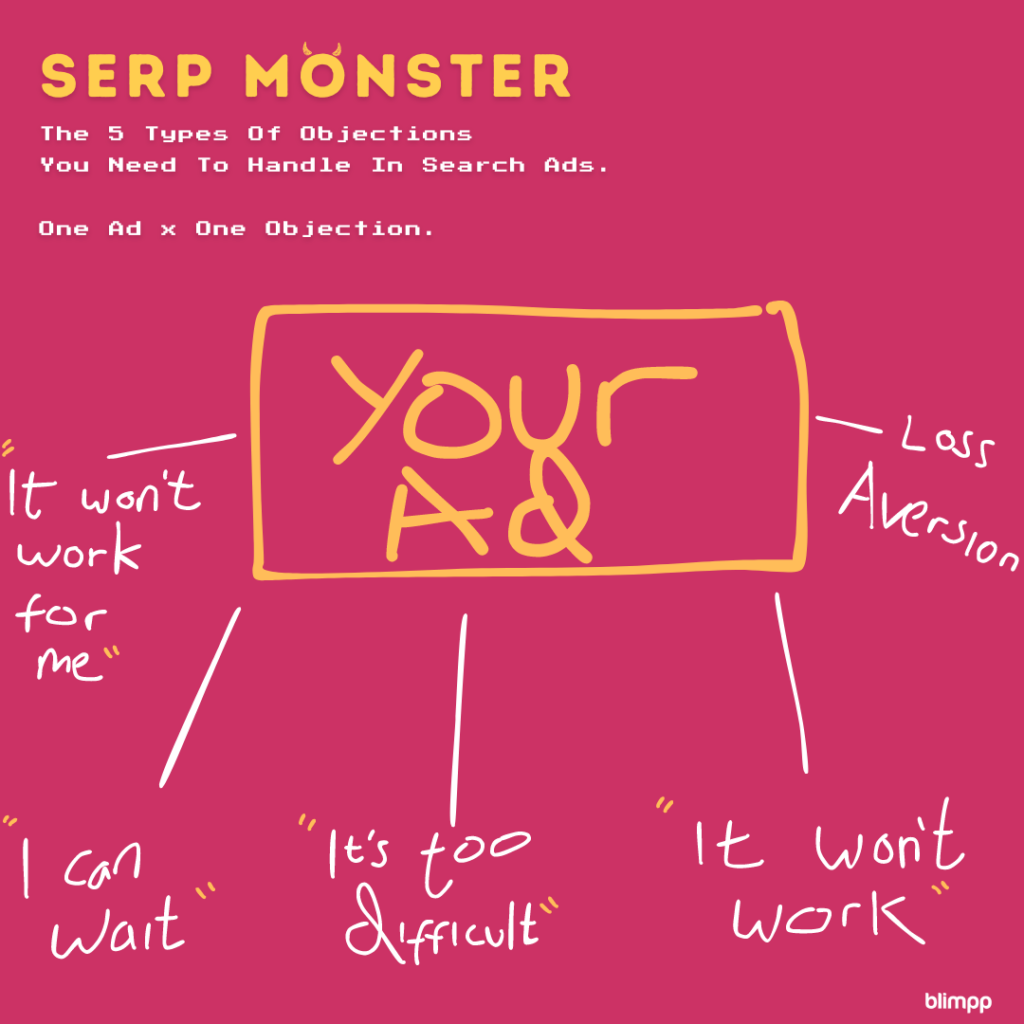
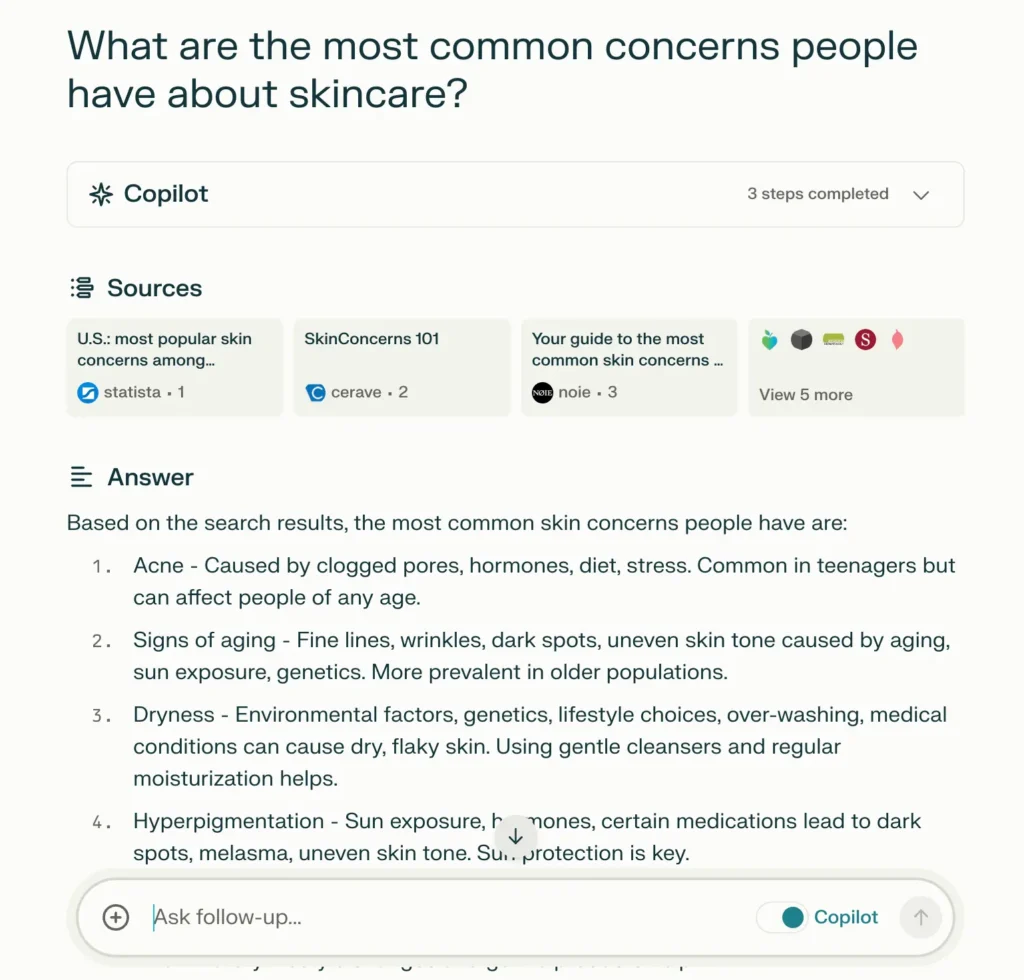

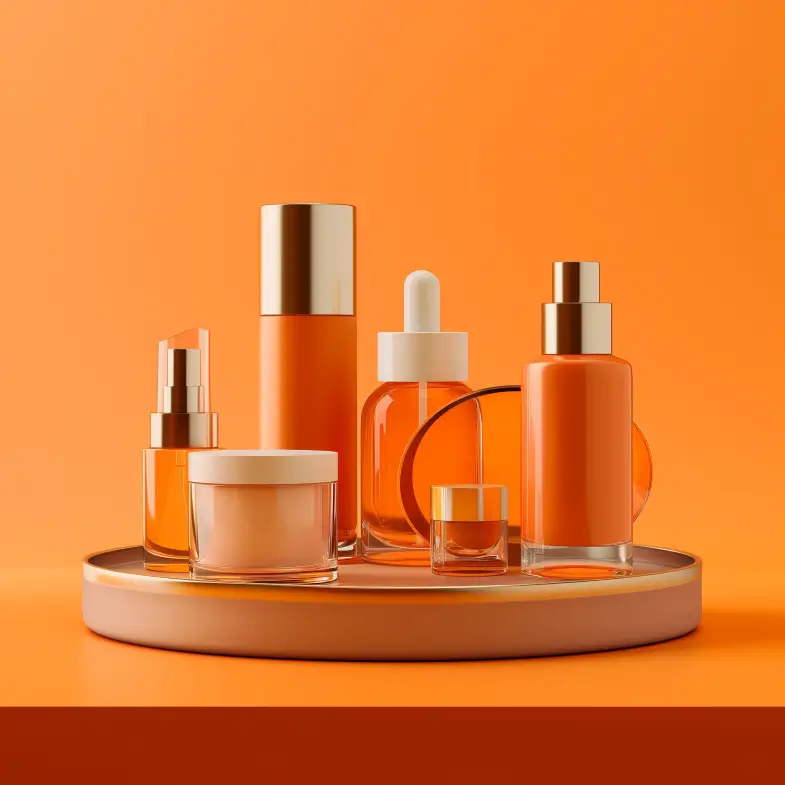


8 Responses
Why is it important to address objections in search ads?
Objection handling in search ads is a powerful way to qualify clicks and attract high-quality traffic. By addressing concerns head-on, you’re demonstrating that you understand your audience’s needs and have a solution that genuinely meets them.
How can I identify the most common objections my target audience has?
Don’t just rely on assumptions when identifying objections. Using AI tools like Perplexity.ai alongside real customer data will give you a more accurate and comprehensive understanding of your audience’s concerns.
What are some effective ways to handle objections in ad copy?
When handling objections in ad copy, it’s important to strike a balance between acknowledging the concern and providing a compelling solution. Use concise, direct language that resonates with your target audience and aligns with their stage in the buyer journey.
How can I test the effectiveness of different objection-handling techniques?
When testing objection-handling techniques, it’s crucial to have a clear and consistent tracking setup. Ensure your ad variations are properly labeled and tracked, so you can easily analyze performance data and make data-driven decisions.